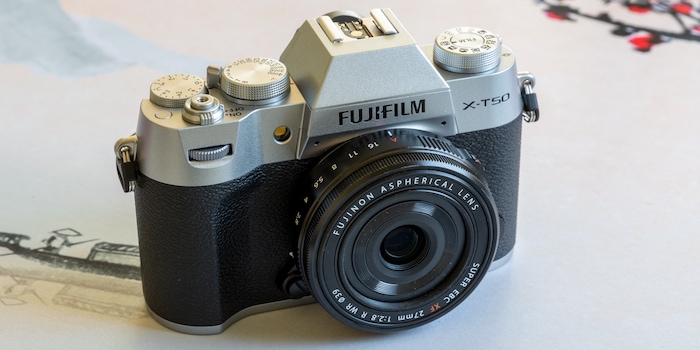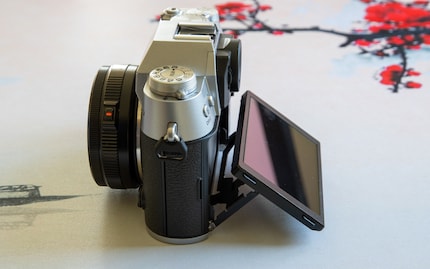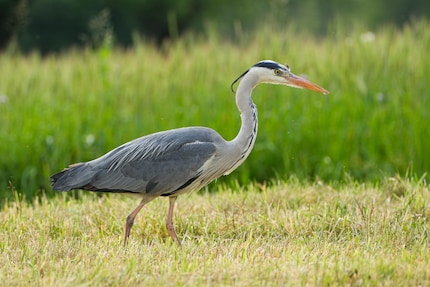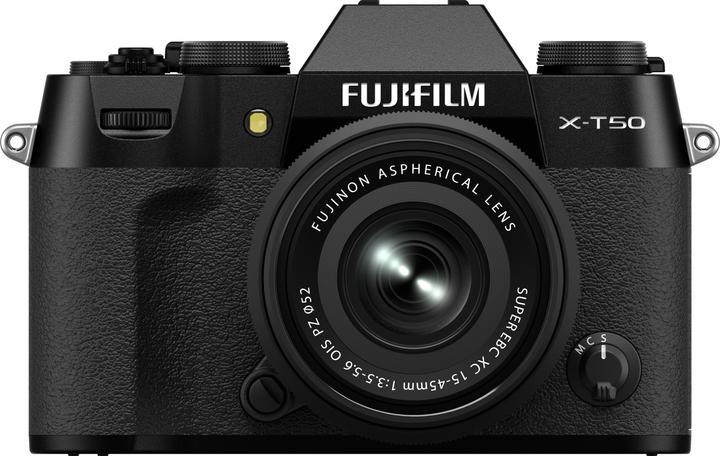

Fujifilm X-T50: more power for the mini body
Fujifilm is launching a cosy new system camera. Externally, the Fujifilm X-T50 resembles the X-T30 II. Inside, it has more in common with the larger X-T5. Unfortunately, so does the price.
Fujifilm has announced the new X-T50. The system camera with APS-C sensor comes in a compact body that resembles the X-T30 II. However, it is more rounded and also has slightly different controls. In terms of performance data, the new X-T50 doesn't have much in common with the X-T30 II - but all the more so with the X-T5. Here is a comparison of the most important specifications.
Up-to-date processor, 40 MP sensor and image stabiliser
The T50 is on a par with the T5 in terms of sensor, image processor and image stabiliser. Three important things that clearly set it apart from the T30 II. The T50's autofocus and object recognition also work in the same way as the T5. The pre-capture function, which allows you to save images before pressing the shutter release button, is also included. I have explained this function in more detail in the test report of the Fujifilm H2S.
The only advantages of the T5 are a better viewfinder and the benefits of a larger body: two card slots, a stronger battery and more grip. In return, the T5 is also heavier.

Source: David Lee
First impression
I have already been able to try out a pre-production model of the T50. During operation, it is noticeable that there is a separate rotary dial on the left for selecting the film simulation. On the T30 II there is a dial for selecting the operating mode (single image, continuous shooting, video, self-timer, etc.). This change is sure to provoke discussion. Because as great as the Fuji film simulations are, they only work with the JPEG format. However, if I shoot RAW and edit the photos in Lightroom or Capture One, the rotary dial is useless. At least the operating mode is still easily accessible thanks to a dedicated button and the mini-joystick.
The scene recognition works as I imagine it should. I didn't encounter a single problem in a few hours of testing. It's impressive what has happened in this area in recent years.

Source: David Lee
The handle is very small, but ergonomically much better than a completely flat housing, as some retro cameras have. It is also pleasant to touch. I can't say the same about the upper part of the housing, which feels a bit cheap.
Also closer in price to the T5
Not surprisingly, the T50 also costs almost as much as the T5 - at least at the moment. The T30 II is significantly cheaper. It will therefore continue to be available as a budget model.
My interest in IT and writing landed me in tech journalism early on (2000). I want to know how we can use technology without being used. Outside of the office, I’m a keen musician who makes up for lacking talent with excessive enthusiasm.
From the latest iPhone to the return of 80s fashion. The editorial team will help you make sense of it all.
Show all
